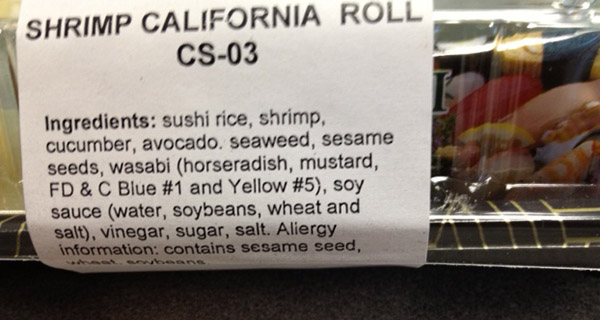Is Sushi Healthy? 7 Tips to Upgrade Your Order
By Stacy Kennedy, MPH, RD, CSO, LDN; Reboot Nutritionist

Sushi comes in two main forms, Maki and Nigiri. Nigiri sushi is made from rice, flavored with vinegar and topped with raw or cooked fish or vegetables. Maki is typically seaweed wrapped with rice, fish, eggs or veggies. The seaweed used in Maki, like Nori, is rich in “good” omega-3 fats and minerals like magnesium, calcium and iron. Vegetables like avocado have healthy fats and fiber while cucumber contains nutrients to promote healthy skin. Fish is rich in protein and some types boast anti-inflammatory, immune supportive omega-3s such as salmon, bluefish and mackerel.
Sushi is generally regarded as a healthy choice for keeping weight off and boosting nutrient intake. But is sushi really a health food? Just like most other meals… it all depends on the details.
Sushi can certainly be an incredibly healthy meal – after all, Japanese women have the second highest life expectancy in the world! But unless your grandmother in Japan is making you sushi from scratch, there are some hidden health zapping ingredients to look out for.
Tips for finding healthy sushi:
1.) Fresh is best!
– Make your own. Making sushi at home can be fun and easy once you get the hang of it. Fill your Maki with lots of veggies and seek out an Asian market for sushi quality fish if you choose to include it.
– You can enjoy seaweed wraps sans rice during your reboot. Try these Nori Wraps or Reboot “sushi” wraps.
– Get freshly made sushi from a local sushi bar or restaurant rather than pre-packaged.
2.) Choose brown rice over white rice.
3.) If you eat fish, include some sashimi on your plate. Sashimi is just the fish without the rice.
4.) Limit tempura in your sushi, which is a breaded and fried vegetable or fish.
5.) Choose wild fish over farm raised. If you’re looking for cooked vs. raw try eel, shrimp or grilled salmon.
6.) Watch your portion control. Sushi isn’t always low calorie – 8 pieces of California roll can pack as many as 516 calories.
7.) Read the labels carefully.
– If you’re choosing pre-packaged sushi, beware of additives and preservatives like FD & C Blue #1 and Yellow #5
– There is wheat in most soy sauce packets and lots of sodium.
– Avoid imitation crab and other artificial ingredients.
Here is the ingredient list of sushi in a local cafeteria:
